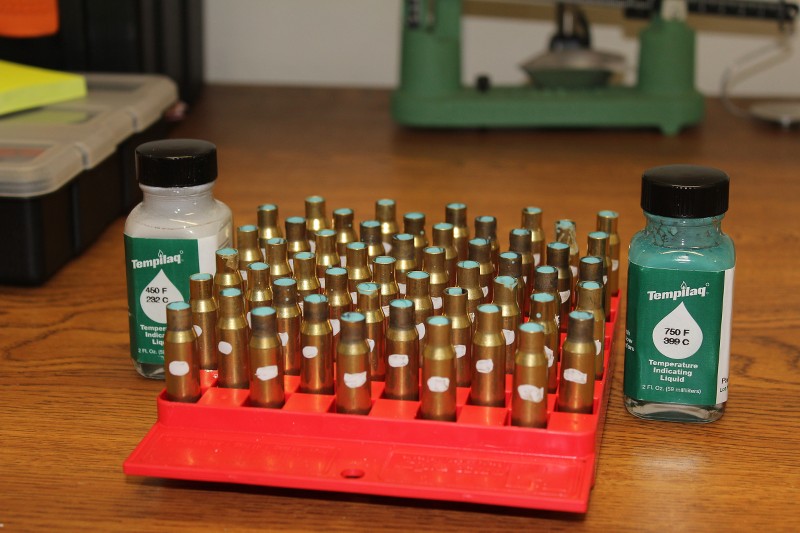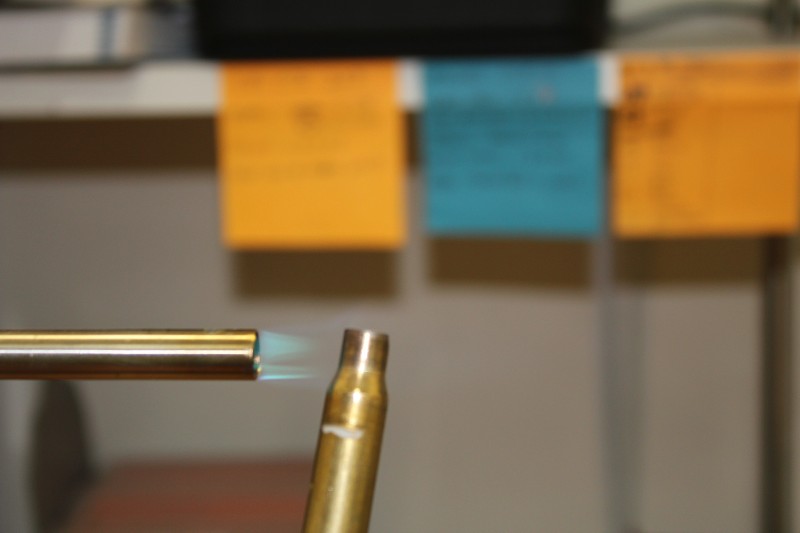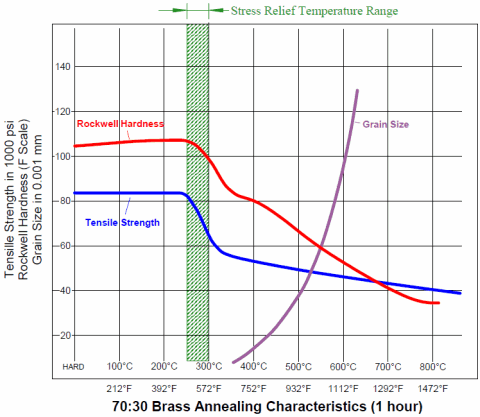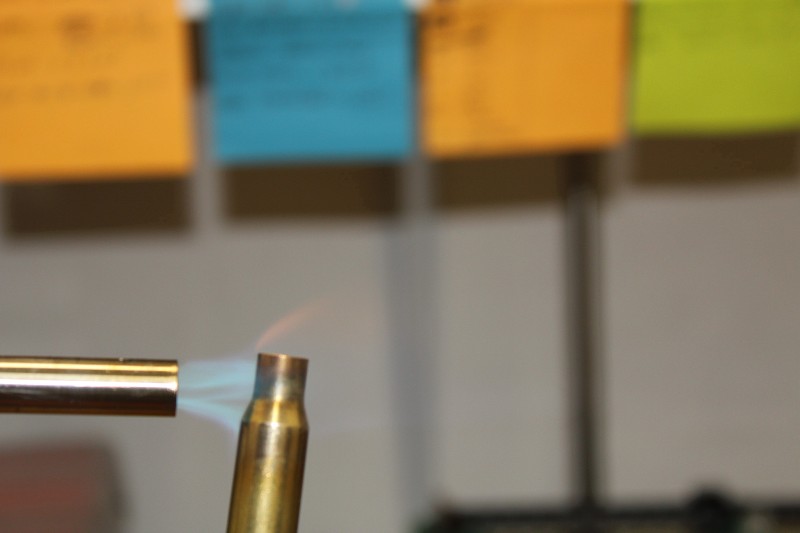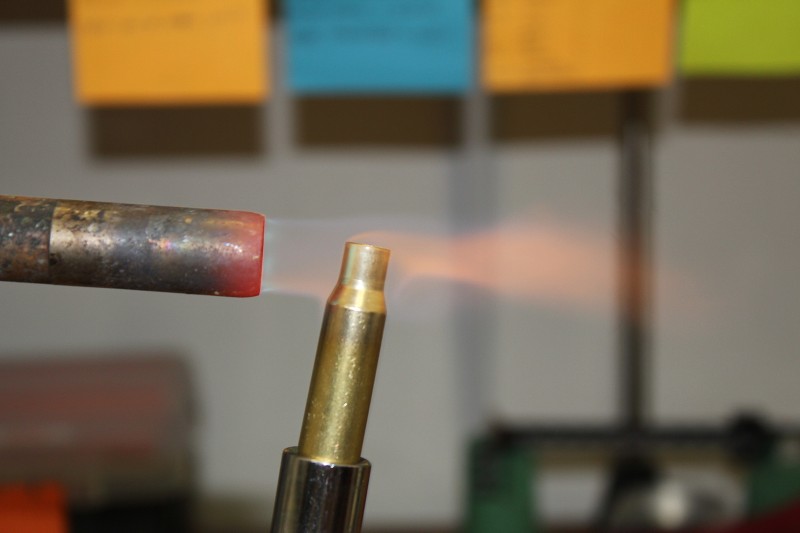Dr Killdeer
New member
What do you guys use as the optimum temperature for annealing brass. There seems to be a lot of disparity between the experts on this subject.
Since I can't afford an annealing furnace, I'm going to buy an infrared temperature sensor gun and use the wet pan method. It's the poor man's way of doing it, but it's supposed to work fine if the temp is right. Any comments or suggestions will be greatly appreciated.
Since I can't afford an annealing furnace, I'm going to buy an infrared temperature sensor gun and use the wet pan method. It's the poor man's way of doing it, but it's supposed to work fine if the temp is right. Any comments or suggestions will be greatly appreciated.

